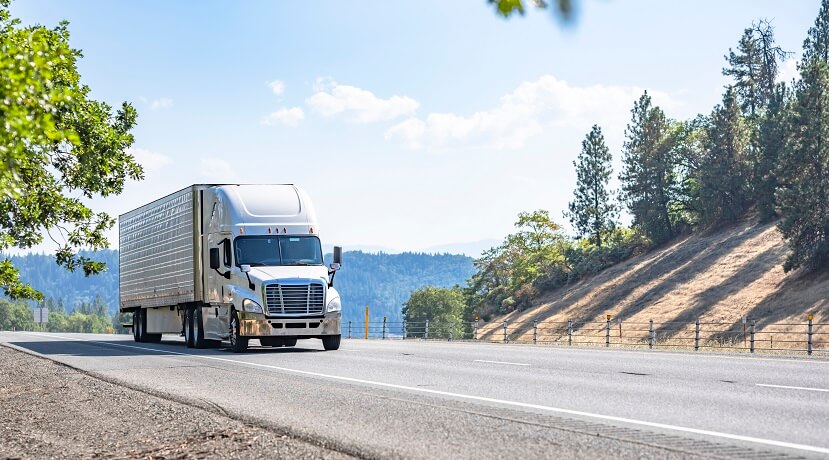
Enhancing Freight Carrier Safety: Utilizing In-Cab Cameras & AI for Driver Scoring
Carriers play a critical role in our economy, with the American Trucking Associations (ATA) reporting that over 70% of all freight tonnage in the United States is moved by trucks. However, maintaining safety on the roads is a top priority for both trucking companies and drivers. With the Federal Motor Carrier Safety Administration (FMCSA) reporting over 4,000 fatal crashes involving large trucks in 2020, it is clear that there is room for improvement. Enter in-cab camera solutions, which are transforming the way trucking companies evaluate and train their drivers through the use of driver scores.
How In-Cab Cameras Work and Their Benefits
In-cab cameras are a powerful tool for improving driver safety and performance. These devices record the driver’s behavior and their surrounding environment, capturing valuable data that can be used to generate driver scores.
Benefits of in-cab cameras include:
- Enhanced safety: In-cab cameras can identify risky behaviors, such as distracted driving or drowsy driving, helping to prevent accidents before they occur.
- Improved driver performance: Real-time feedback helps drivers become more self-aware, leading to better decision-making on the road.
- Lower insurance premiums: As drivers demonstrate safer driving habits, insurance providers may offer discounts on premiums.
- Reduced operational costs: By minimizing accidents and improving efficiency, in-cab camera solutions can lead to significant cost savings for trucking companies.
The Role of AI in Driver Scoring and Evaluation
By leveraging AI, trucking companies can gain a comprehensive understanding of driver performance and implement targeted training programs to address specific areas of concern.
Key applications of AI in driver scoring include:
- Behavior analysis: AI algorithms can recognize patterns in a driver’s actions, helping to identify risky behaviors, such as tailgating or sudden lane changes.
- Environmental awareness: AI can analyze data on road conditions, traffic, and weather to determine how these factors impact driver performance.
- Predictive analytics: By identifying trends in driver behavior, AI can help companies anticipate and mitigate potential risks, such as driver fatigue or equipment failure.
Tracking Driver Improvement Over Time
To track driver improvement, companies can:
Establish a baseline: Create an initial driver score based on data collected during a set period, such as the first 30 days of employment.
- Implement targeted training: Use the driver score to identify areas for improvement and develop training programs tailored to each driver’s needs.
- Monitor progress: Update driver scores regularly to track progress and adjust training programs as needed.
- Recognize success: Reward drivers who demonstrate consistent improvement, fostering a culture of safety and continuous learning.
Identifying High-Risk Drivers and Implementing Interventions
To identify high-risk drivers and implement interventions, companies should:
- Analyze driver scores: Review driver scores to identify those who consistently exhibit risky behaviors or perform poorly compared to their peers.
- Investigate the underlying causes: Determine the factors contributing to high-risk driving, such as lack of training, fatigue, or personal issues.
- Develop targeted interventions: Create personalized plans to address the specific needs of high-risk drivers, including additional training, mentoring, or schedule adjustments.
- Monitor progress and adjust: Continuously track the progress of high-risk drivers, and adjust interventions as needed to ensure improvements in driving behavior and performance.
- Foster a supportive culture: Encourage a company-wide culture of safety and continuous improvement, where drivers feel comfortable discussing concerns and seeking assistance.
Embracing In-Cab Cameras and AI for a Safer Future in Freight
In-cab camera solutions, combined with the power of artificial intelligence, are revolutionizing the way trucking companies approach driver safety and performance. By utilizing driver scores generated from in-cab cameras and AI data, companies can identify riskier drivers, track improvements over time, and implement targeted interventions to promote better driving habits. The result is a safer, more efficient, and cost-effective freight carrier industry, benefiting everyone on the road. For information on Transflo’s industry-leading in-cab camera and telematics solutions for fleets, contact us today.



